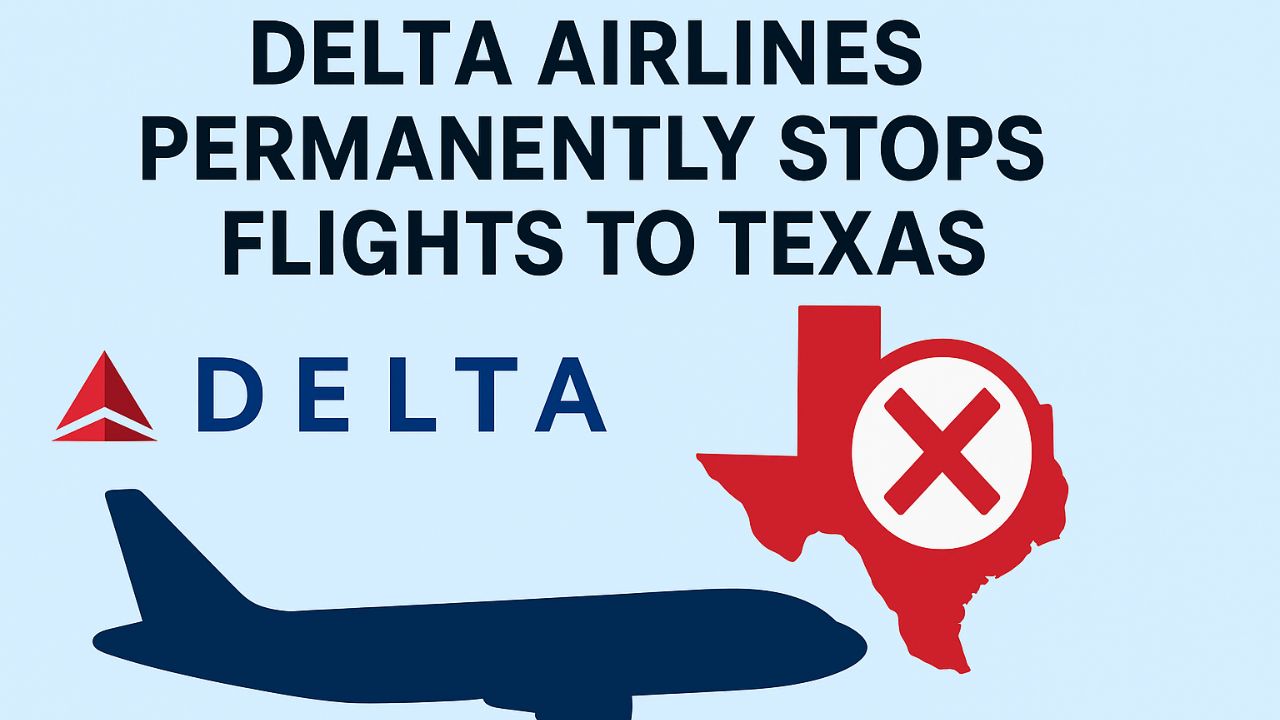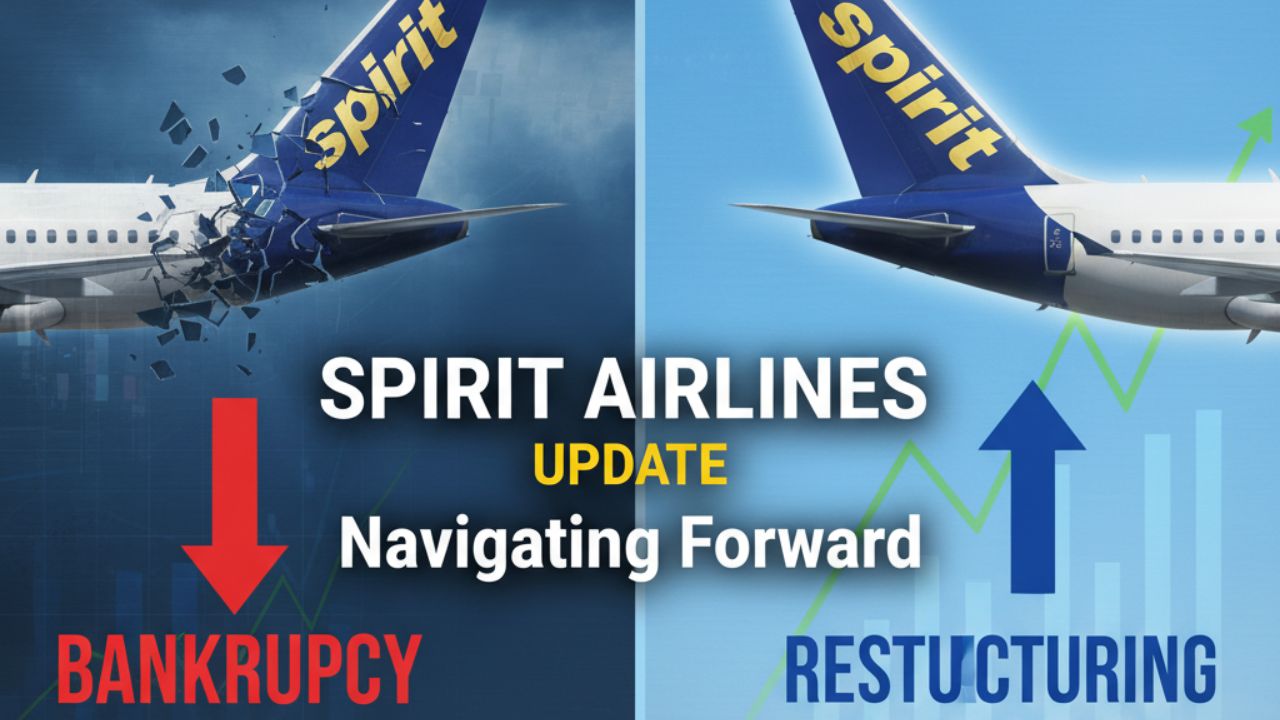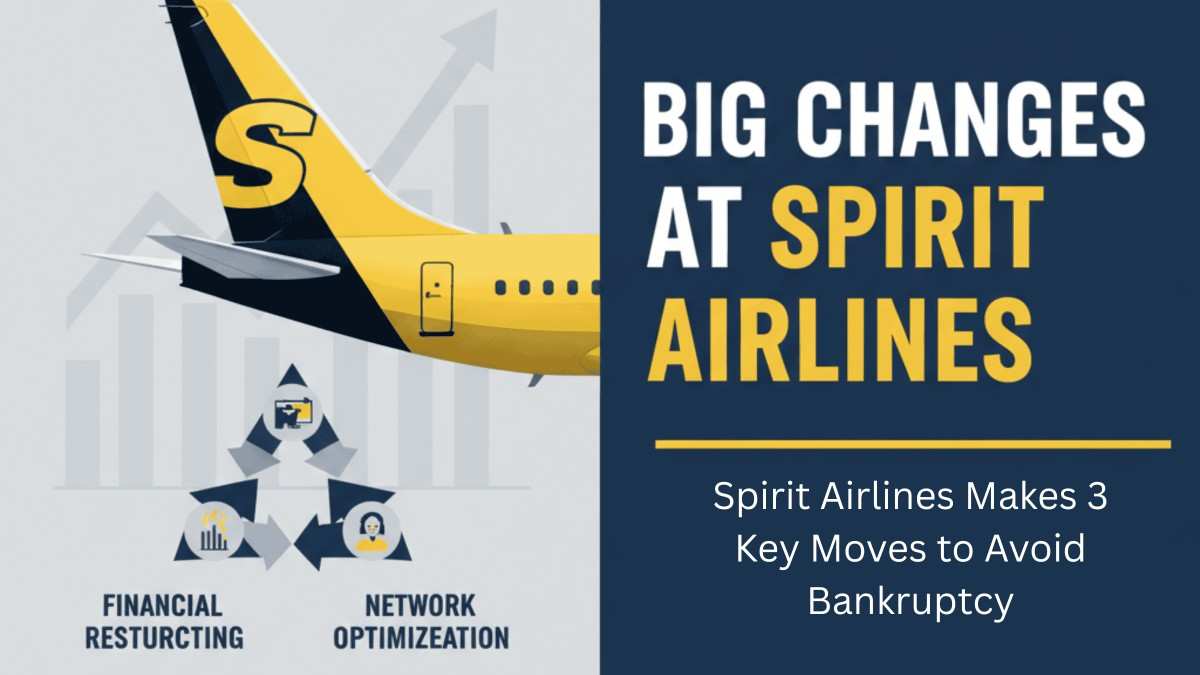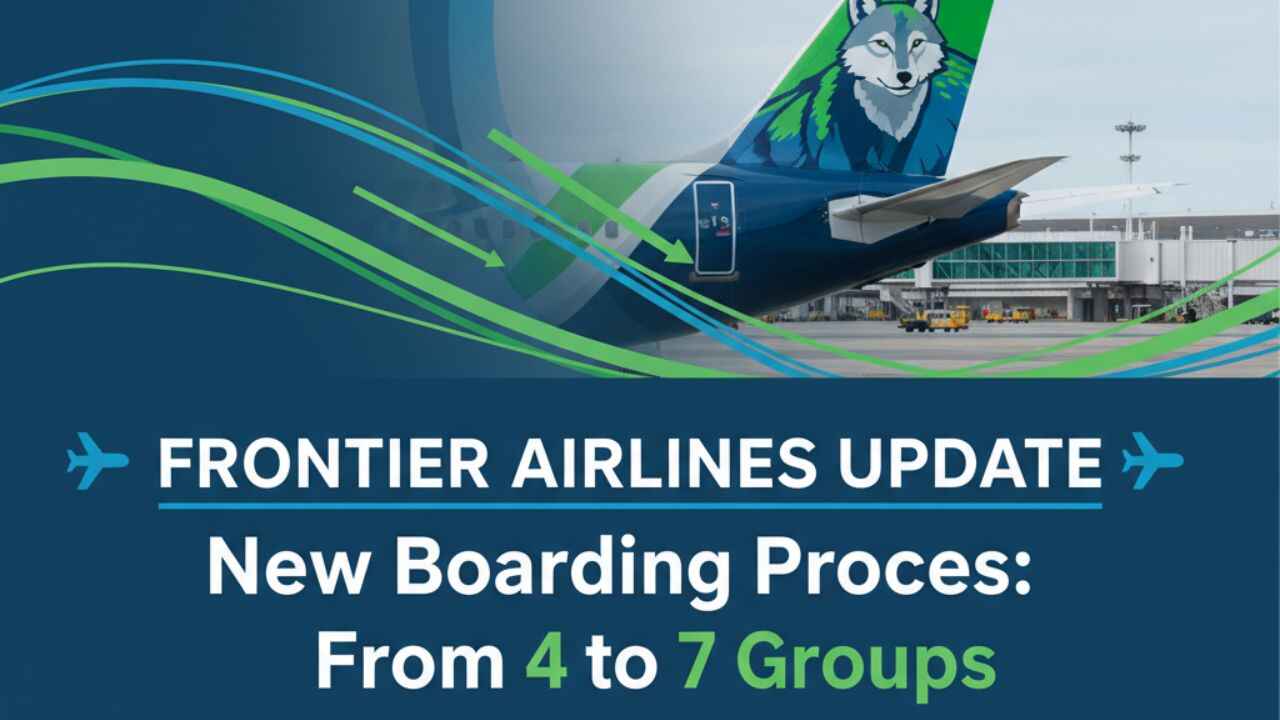
Delta AirLines permanently Stops Flights to Texas, ceasing operations between Austin-Bergstrom International Airport (AUS) and Midland International Air & Space Port (MAF) as of November 8, 2025. The company currently states one reason for the decision: it is simply not profitable.
While not a headline-grabbing shutdown of an entire hub, the move has sparked conversations in Texas about connectivity, regional growth, and the realities of airline economics.
A Route That Couldn’t Take Off
The Austin–Midland connection has long been considered a niche route. This service mainly catered to business travelers in the oil and energy industry, university communities, and some leisure passengers who connected through Austin to larger Delta hubs.
Yet, Delta admitted that numbers never matched expectations. Planes often departed half-full. Demand remained stubbornly low between these two cities, even whilst domestic travel regained traction sharply post-pandemic..
In its official statement, the airline was direct:
“Effective November 8, 2025, Delta will permanently suspend operations between Austin and Midland due to insufficient passenger demand. We remain committed to serving Texas through our Austin hub and other key markets.”
Why Low Demand Matters
Airlines measure routes not just by passenger counts but by yield — the revenue per seat, per mile flown. Sources familiar with the decision of Delta Air Lines to stop Texas Flights suggest that the Austin-Midland route was delivering poor yield compared to alternatives.
Analyst Mariah Benton, from Aviation Metrics Group, explained:
“Austin is booming. Midland has industry traffic. But the overlap is small. Delta simply couldn’t justify keeping aircraft tied up on a route where break-even loads were rare.”
Such a thing goes on every day nowadays, with tight margins and a costly shortage of pilots squeezing the airlines from every conceivable side. A short flight perceived as easy to book might be under a tight balancing check for profitability on paper.
Local Reactions: Disappointment and Shrugs
In Austin, the news barely rippled. The airport continues to see rapid expansion, with new international services announced almost monthly. For most travelers, the loss of Midland is a minor inconvenience at best.
But in Midland, the decision stings.
- “For us, every lost route feels bigger. We rely on connections to keep business moving,” said Charles Lopez, a local oilfield logistics manager.
- A professor at Midland College added, “Students visiting Austin or connecting eastward now face an extra step. It may not be a dealbreaker, but it adds friction.”
Still, others shrugged, pointing out that American Airlines and Southwest continue to serve Texas’s regional needs robustly.
What It Means for Midland
Midland International Air & Space Port stands out for its distinctive facility. This is the only U.S. airport licensed for both commercial flights and space launches. Yet in terms of passenger air service, it remains heavily dependent on a handful of carriers. Losing Delta’s Austin link reduces options for:
- Business commuters connecting to Delta’s larger network.
- Tourists and families heading toward Austin’s music, tech, and cultural scene.
- Energy workers flying out for training or corporate headquarters visits.
City officials are disappointed but promised to attract new carriers. A spokesperson for Midland’s Airport Authority said:
“We understand Delta’s business decision. At the same time, we remain committed to strengthening connectivity and are in active talks with other airlines.”
A Sign of the Times in Aviation
Delta’s move is not isolated. Across the U.S., airlines are pruning routes that fail to deliver reliable demand. The post-pandemic boom in air travel has been uneven — large hubs thrive, while smaller regional connections struggle.
In 2024, Delta cut services in parts of the Midwest for the same reason: empty or half-full planes. Other carriers, including United and American, have also trimmed secondary city pairings.
Aviation expert Jeff Winston notes:
“The industry is moving toward fewer but stronger routes. For passengers in smaller cities, that often means more connections and fewer nonstops.”
Austin: Still a Growing Star
If Midland feels the loss, Austin barely notices. The city’s airport has been on a meteoric rise, riding the region’s tech boom and reputation as one of America’s most dynamic cities.
- New international routes to Europe and South America have been launched in the past two years.
- Passenger numbers are expected to exceed 25 million each year by 2026.
- Major carriers are jostling for market share, making Austin a rare bright spot in the U.S. aviation map.
For Delta, keeping Austin strong while cutting Midland is simply a matter of sharpening focus.
Midland’s Options Going Forward
Travelers in Midland will still have access to connections through:
- American Airlines offers links to Dallas-Fort Worth.
- Southwest Airlines has service to Houston and Las Vegas.
- United Airlines, connecting to Houston and Denver.
While none replicate the Austin link directly, these routes still allow passengers to connect to national and global networks. Some Midland travelers may simply drive the 330 miles to Austin, though that’s hardly ideal.
Could the Route Return?
Delta’s statement was clear: this is a permanent suspension, not a seasonal pause. Still, airline watchers caution against reading “permanent” too literally.
Airlines cut routes all the time and bring them back if economics change. ‘Permanent’ just means it’s not on the calendar for the foreseeable future,” said analyst Benton.
If Austin continues its growth and Midland diversifies its economy, demand could eventually climb. But for now, November 8 will mark the final departure.
Passengers Caught in the Middle
For now, passengers with tickets booked after November 8 will be contacted directly by Delta. The airline has pledged to:
- Rebook affected travelers on alternative Delta routes.
- Offer full refunds where necessary.
Provide assistance with itinerary changes. Early reports suggest a rather small number of passengers affected, although admittedly, it is a rarely used route.
Conclusion: A Small Decision, A Larger Story
On paper, the decision of Delta Air Lines to stop Texas Flights–Midland flights may look like a minor footnote in aviation news. For Delta, the message is clear: in today’s competitive airline industry, every route must prove its worth. Loyalty, tradition, or community value cannot outweigh the hard numbers of demand and yield.
The airspace will become scarcer between Austin and Midland come November 8, 2025. It stands as yet another reminder to air travelers in Texas that their charts for air travel keep being altered - not only by those main big stories in the country but also by these small regional cuts that define one's everyday journey.





